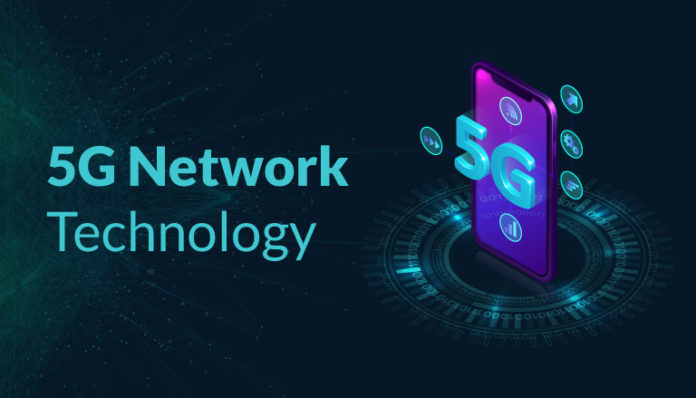Qualcomm Ventures, Qualcomm’s investment arm, today announced four new strategic investments in 5G-related startups. These companies are private mobile network specialist Celona, mobile network automation platform Cellwize, the edge computing platform Azion and Pensando, another edge computing platform that combines its software stack with custom hardware.
The overall goal here is obviously to help jumpstart 5G use cases in the enterprise and — by extension — for consumers by investing in a wide range of companies that can build the necessary infrastructure to enable these.
Overall, this new set of companies touches upon the core areas Qualcomm Ventures is looking at, Li explained. Celona, for example, aims to make it as easy for enterprises to deploy private cellular infrastructure as it is to deploy Wi-Fi today.
“They built this platform with a cloud-based controller that leverages the available spectrum — CBRS — to be able to take the cellular technology, whether it’s LTE or 5G, into enterprises,” Li explained. “And then these enterprise use cases could be in manufacturing settings could be in schools, could be to be in hospitals, or it could be on campus for universities.”
Cellwize, meanwhile, helps automate wireless networks to make them more flexible and manageable, in part by using machine learning to tune the network based on the data it collects. One of the main investment theses for this fund, Li told me, is that wireless technology will become increasingly software-defined and Cellwize fits right into this trend. The potential customer here isn’t necessarily an individual enterprise, though, but wireless and mobile operators.
Edge computing, where Azion and Pensando play, is obviously also a hot category right now and when where 5G has some obvious advantages, so it’s maybe no surprise that Qualcomm Ventures is putting a bit of a focus on these today with its investments in Azion and Pensando.
“As we move forward, [you will] see a lot of the compute moving from the cloud into the edge of the network, which allows for processing happening at the edge of the network, which allows for low latency applications to run much faster and much more efficiently,” Li said.













































